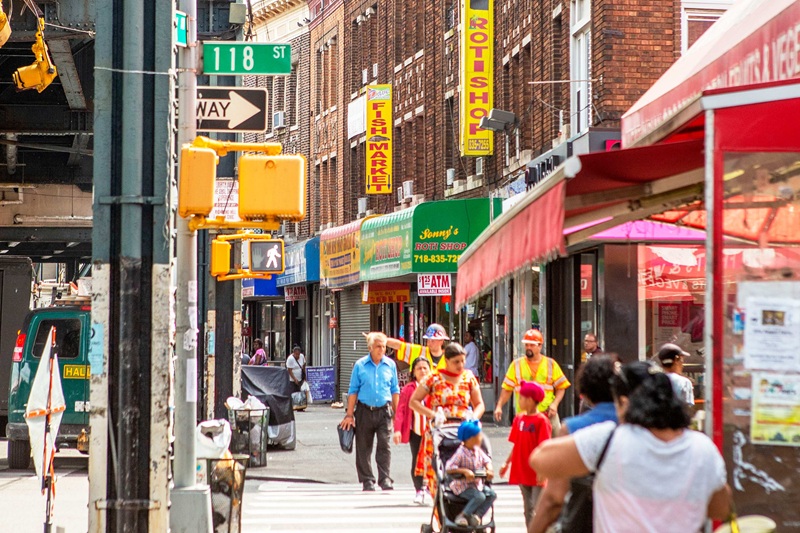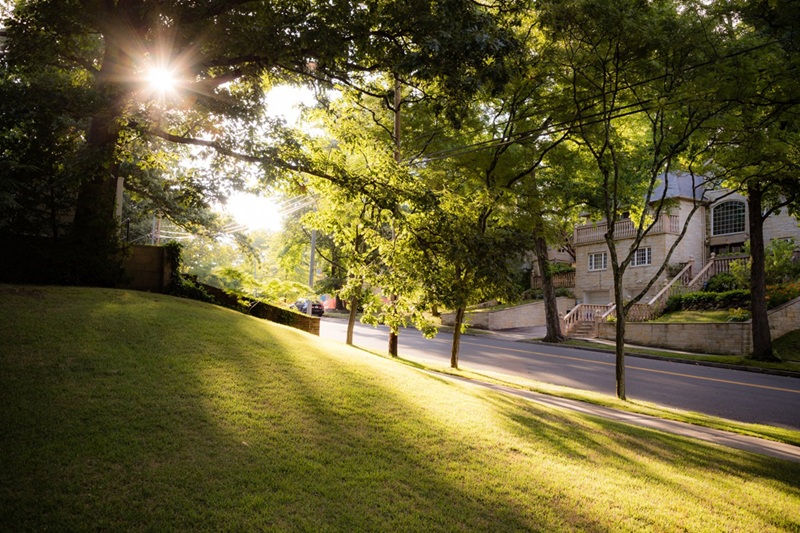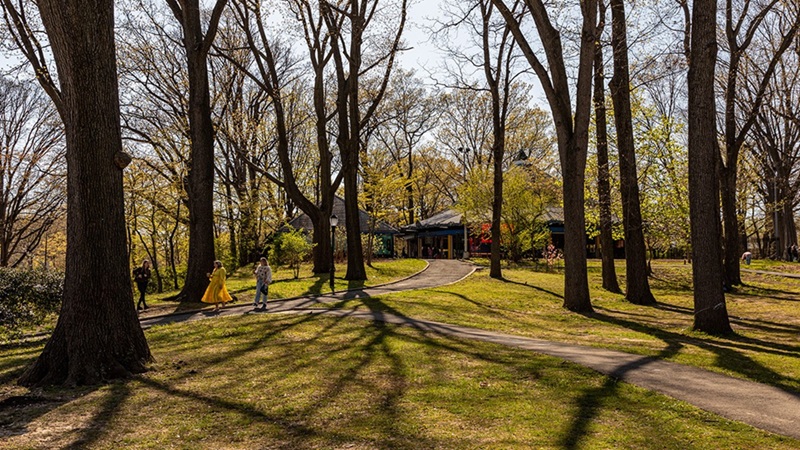
South Richmond Hill, located in the southwestern section of Queens, New York, is a neighborhood that reflects the dynamic, multicultural nature of the borough. Known for its vibrant immigrant communities, rich history, and evolving real estate market, South Richmond Hill is one of the areas in Queens that continues to attract families, young professionals, and newcomers looking for affordable living close to the heart of New York City. This article explores the history, culture, and development of South Richmond Hill, along with its unique place in the larger Queens landscape.
Overview of South Richmond Hill
South Richmond Hill is a predominantly residential neighborhood that lies to the south of the bustling commercial corridor of Liberty Avenue, which serves as one of the neighborhood’s main streets. The area is bordered by the neighborhoods of Richmond Hill to the north, Ozone Park to the east, and South Ozone Park to the west. South Richmond Hill is also in close proximity to Jamaica, another major Queens hub.
South Richmond Hill retains a suburban feel with tree-lined streets, family-oriented homes, and a combination of multi-family residences and single-family houses. While the neighborhood is relatively quiet compared to the more densely populated parts of the city, it has become an increasingly popular place for those seeking affordable housing and a connection to urban life with access to green spaces and local amenities.
Historical Development of South Richmond Hill
Historically, the area now known as South Richmond Hill was part of farmland and rural settlements, as was much of Queens during the 19th century. The neighborhood’s transformation into a residential area began in the early-to-mid 20th century, especially after the completion of the Lefferts Boulevard subway station in the 1910s, which made it easier for people to commute into Manhattan. As the city expanded, South Richmond Hill began to attract working-class families looking for more affordable housing than what was available in Brooklyn or Manhattan.
In the 1960s and 1970s, the neighborhood experienced a significant shift as a wave of immigrants from the Caribbean, South Asia, and Latin America settled in South Richmond Hill. Today, the neighborhood’s ethnic composition is diverse, with large communities of people from India, Guyana, Jamaica, and other parts of the Caribbean. This influx of immigrants has contributed to South Richmond Hill’s rich cultural tapestry and shaped its current identity.
Cultural Diversity and Community Life
South Richmond Hill is one of the most culturally diverse neighborhoods in Queens, with many of its residents hailing from countries in South Asia and the Caribbean. The Indian community, in particular, plays a significant role in shaping the character of the neighborhood, with a number of Indian-owned businesses, restaurants, and places of worship.
The neighborhood is also home to a strong Jamaican and Guyanese community, with local Caribbean markets and eateries offering traditional foods, spices, and products. This diverse mix of cultures creates a unique sense of vibrancy and community spirit in South Richmond Hill, with celebrations, festivals, and religious observances that showcase the various traditions of its residents.
One notable feature of the neighborhood is its large number of temples, mosques, and churches. South Richmond Hill has a number of Hindu temples, including the Shree Sanatan Hindu Union Temple, as well as Gurdwaras (Sikh places of worship), mosques, and Christian churches. These places of worship not only serve the spiritual needs of the community but also act as centers for social gatherings and cultural events.
Real Estate and Housing Trends
South Richmond Hill’s housing market offers a mix of single-family homes, multi-family residences, and low-rise apartment buildings. Many of the houses in the area are modest in size, with front yards and driveways, providing more space than apartments in other parts of the city. The neighborhood has traditionally been a more affordable area for New Yorkers compared to neighborhoods in Manhattan, Brooklyn, or even other parts of Queens.
However, like much of Queens, South Richmond Hill has seen a rise in property values in recent years due to increased demand for housing in the borough. Real estate developers have begun to take note of the area’s potential, leading to new construction projects and renovations of older buildings. Despite these developments, South Richmond Hill remains relatively affordable compared to the more expensive neighborhoods in Queens.
Families seeking homes with access to schools, parks, and a quieter lifestyle have increasingly turned to South Richmond Hill. The availability of larger homes with multiple units also makes the area attractive to investors looking to rent properties.
Transportation and Accessibility
South Richmond Hill benefits from a well-connected transportation network that allows for easy access to Manhattan and other parts of New York City. The A subway line, which stops at the Lefferts Boulevard station, connects residents to downtown Manhattan, making commuting to work or school a straightforward task.
For those who prefer to drive, South Richmond Hill is situated near several major roadways, including the Van Wyck Expressway and the Belt Parkway, offering quick access to JFK Airport and other parts of Queens and Brooklyn. The neighborhood is also served by several bus routes, which provide further connections to subway stations and nearby neighborhoods.
The area’s proximity to JFK Airport is another key advantage. Residents who work in the travel or aviation industries or those who frequently fly can enjoy the convenience of being just a short distance from one of the world’s busiest airports.
Parks and Recreation
Although South Richmond Hill is a predominantly residential neighborhood, it is conveniently located near several parks and green spaces. Forest Park, one of Queens’ largest and most popular parks, lies to the north of South Richmond Hill. Forest Park offers recreational opportunities such as hiking, cycling, birdwatching, and sports activities, as well as picnic areas for families.
Additionally, Pine Park is another nearby green space that provides a more localized option for outdoor activities like sports, picnicking, and walking. The surrounding streets are also home to playgrounds and open spaces for children to play.
Jamaica Bay, located to the south of the neighborhood, offers additional outdoor recreation opportunities, including birdwatching, fishing, and scenic views of the water. The proximity to these parks and natural spaces provides a perfect balance between suburban living and access to outdoor leisure.
Challenges and Opportunities
Like many neighborhoods in Queens, South Richmond Hill faces the challenge of gentrification. With increasing interest in the neighborhood, there is concern that rising property prices could displace long-time residents, particularly those who have lived in the area for decades. Balancing development and growth with maintaining affordable housing remains an ongoing concern for the community.
Despite these challenges, South Richmond Hill also has many opportunities for growth and improvement. Continued investment in infrastructure, public services, and community development can help the neighborhood navigate the pressures of urbanization while retaining its unique character and cultural identity.
Conclusion
South Richmond Hill, Queens, offers a unique blend of cultural diversity, affordable housing, and suburban tranquility, making it an attractive place to live for a wide range of residents. With its rich immigrant heritage, strong community ties, and growing amenities, South Richmond Hill continues to be a place where people from all walks of life can come together and call home. As the neighborhood evolves, it will undoubtedly continue to serve as a vital part of the diverse fabric of Queens, New York.

